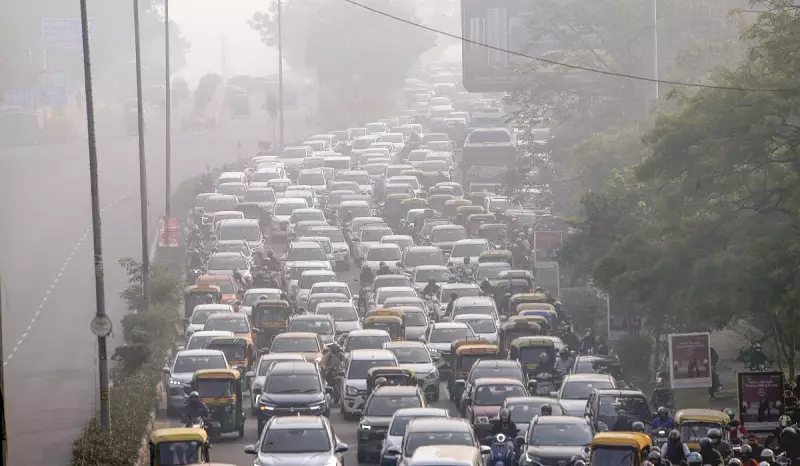
The choking smog blanket over Delhi-NCR has revealed a disturbing pattern that extends beyond the capital's boundaries. While Delhi's air pollution crisis dominates headlines, satellite cities are experiencing even more severe conditions, according to recent analysis.
Alarming Pollution Disparity Exposed
A comprehensive study by CREA (Centre for Research on Energy and Clean Air) has uncovered that Dharuhera recorded a PM2.5 concentration of 123 micrograms per cubic metre, significantly higher than Delhi's 107 micrograms per cubic metre. The data, updated on November 13, 2025, shows neighboring cities also struggling with poor air quality, with Noida at 112 and Ghaziabad at 114 micrograms per cubic metre.
This analysis highlights how pollution doesn't recognize administrative boundaries, affecting entire regions with varying intensity. The findings suggest that satellite cities might be bearing a heavier pollution burden while receiving less policy attention and media coverage.
The Invisible Crisis in Satellite Cities
The CREA report indicates that cities like Dharuhera are experiencing pollution levels approximately 15% higher than Delhi, yet they rarely feature in mainstream pollution discourse. This disparity raises serious questions about the equitable distribution of attention and resources in combating the north Indian air pollution crisis.
Kalyan Ray, the author of the analysis, emphasizes that last updated on November 13, 2025, at 00:20 IST, the data presents a compelling case for expanding the focus beyond Delhi to include all affected urban centers in the National Capital Region.
Broader Implications for Public Health Policy
The consistently high pollution levels across the NCR region demand coordinated action rather than city-specific approaches. The CREA analysis suggests that current pollution control measures might be inadequate for addressing the regional nature of the problem.
With PM2.5 levels consistently exceeding safe limits by multiple times across all monitored cities, public health authorities face mounting challenges in protecting vulnerable populations, including children, elderly citizens, and those with pre-existing respiratory conditions.
The situation calls for immediate attention to developing comprehensive regional strategies that address pollution sources, monitoring mechanisms, and public awareness campaigns across all affected cities, not just the political capital.





